This is a guest post by Fiyin of @curiousconeater
I didn’t like garri growing up and even now – as I type this -, I still don’t like it much. I have, however had moments of joy with it in my short life.
See, my dad was an avid soaker of garri, soaking some everyday in between meals and especially on Saturdays. Right before house fellowship, he would make a bowl – it was almost religion. I remember one particular Saturday at home in Akowonjo, Lagos where I grew up; I was eight, and in primary four. My dad went into the kitchen, got a large stainless steel serving dish for some garri.
There, he ‘rinsed’ his garri over and over till the chaff rose to the top. Each time he added water, he would swirl it around, decant the top column with the chaff and repeat till no chaff floated to the top. Trust me, he was an expert garri washer.
He returned to the white sofa in the living room and set the bowl of garri on a tan wooden stool, heaping tablespoons of milo, powdered milk, sugar cubes, groundnut and ice cold water into it (we usually boiled water and stored in bottles in the freezer).
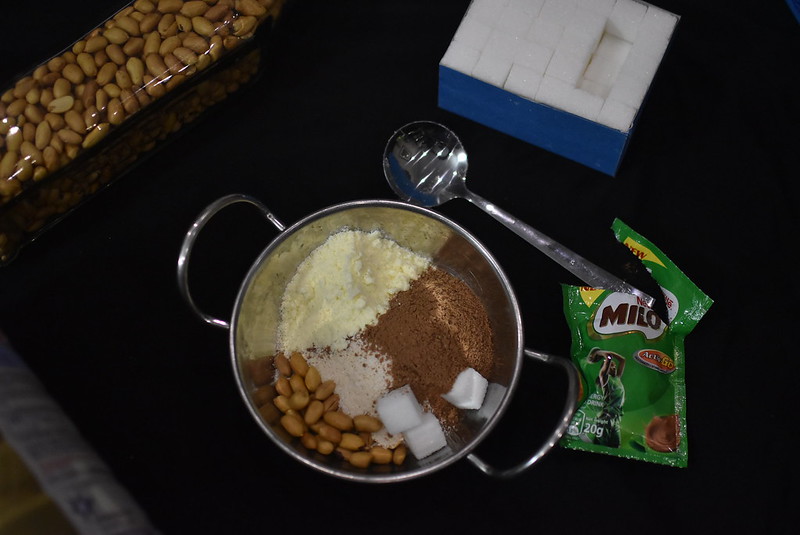
That was when I was willing to give garri a try because of the chocolatey color – I love all things chocolate!!!
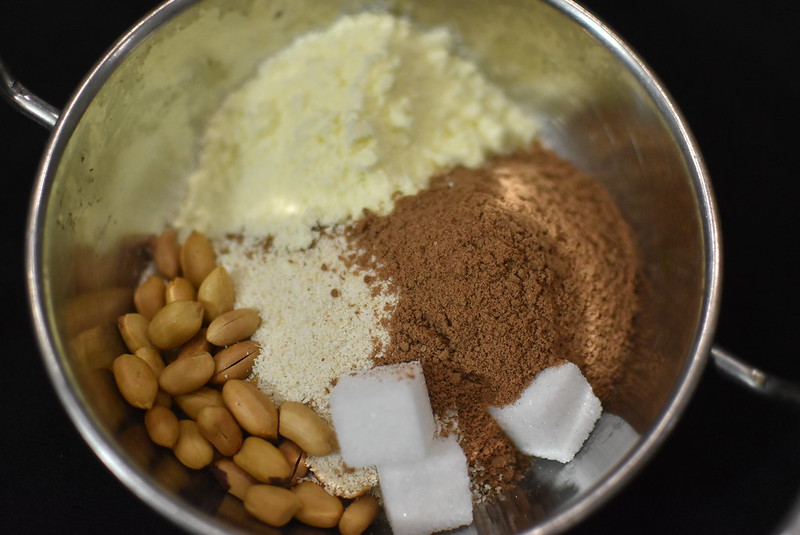
I grabbed a tablespoon and a few hand-to-mouth movement cycles later, I asked him to make me a bowl which he did without question. The rest they say is history.
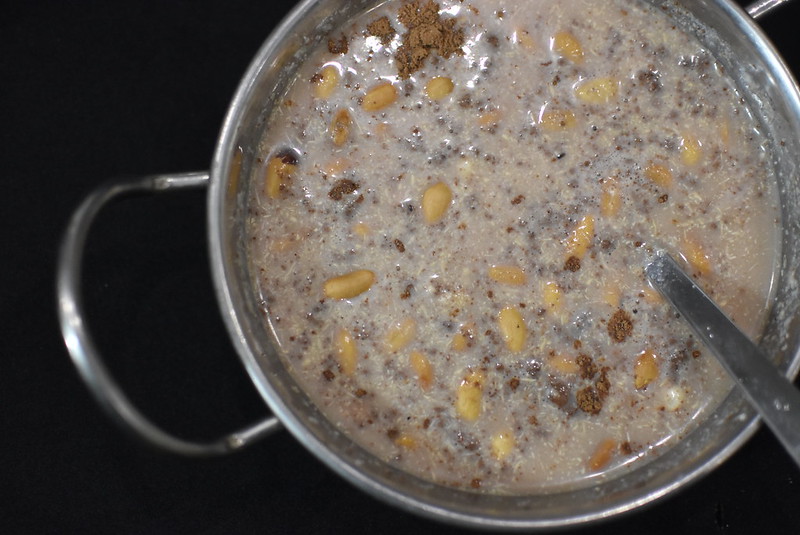
Eventually, I decided I’d outgrown soaking garri with milo and stuck with the other ingredients. By the time I got to boarding house in secondary school, I hated the food served, particularly lunch and so, garri became a survival buddy, as per distressed times.
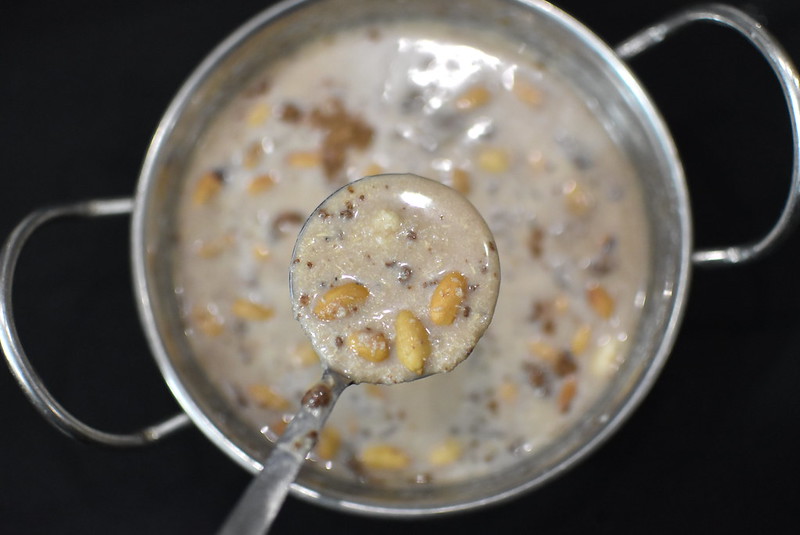
I particularly looked forward to soaking garri on Fridays because you could buy ice blocks then. Our tuck-shop would freeze sachets of pure water for most of the week and sell as iced blocks on Fridays after lunch.
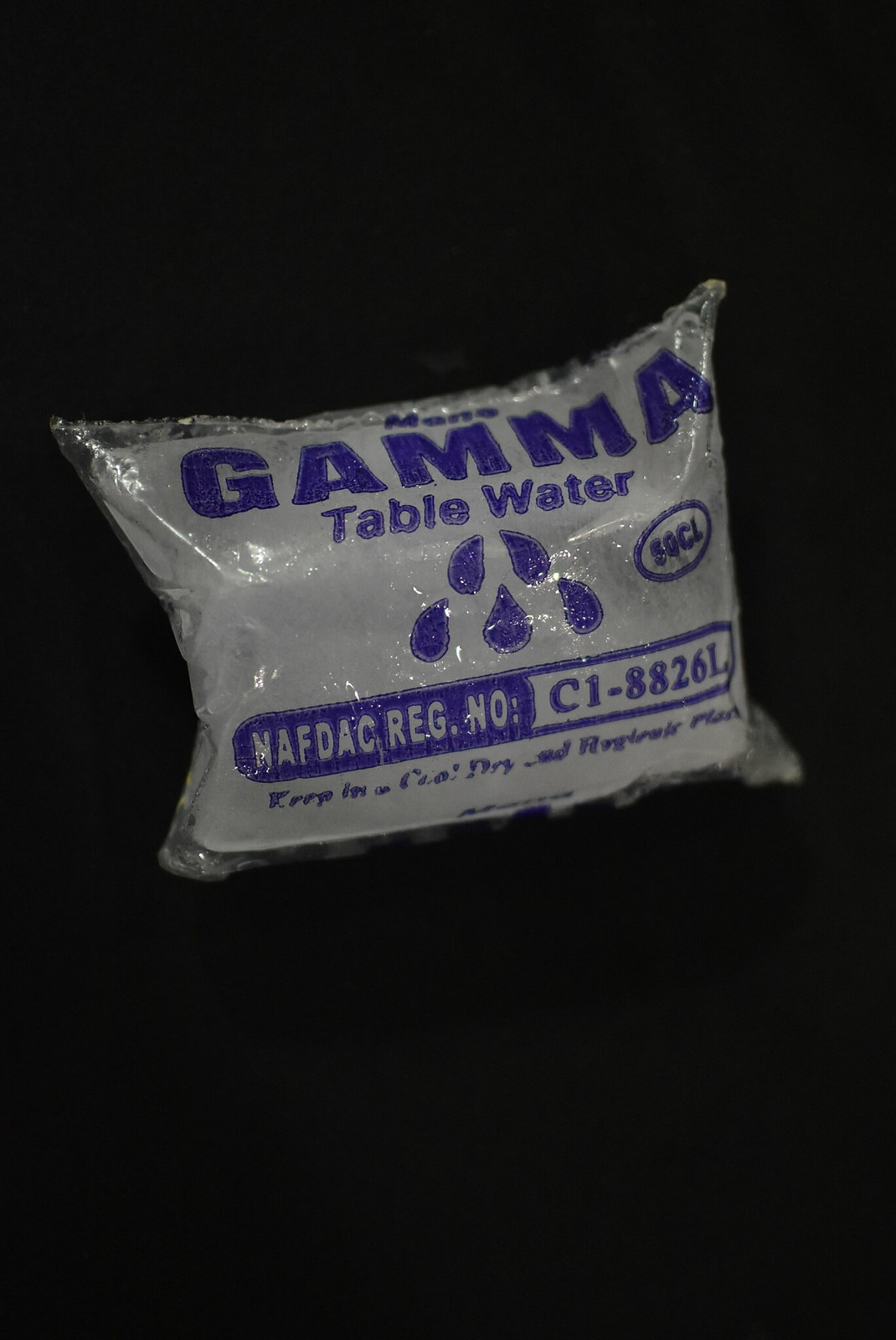
Every Friday, once closing prayers finished in the dining hall, I dashed to the tuck-shop under the scorching sun or falling rain, so that I could be among the fortunate few. I would march to my hostel in high spirits for the grand Garium sulphate (the legit scientific name for soaked garri) meal and I’d sing as I prepared my soaking ingredients
?‘Mama, papa, school no dey
Wetin happen?
Our teacher dey soak garri for class
Which kain garri?
Ijebu garri*
Cele water**
Oyinbo sugar***
Calabar groundnut****
Our teacher dey soak garri for class’?

And you know, when garri is soaked in ice cold water, every agitation it ever had softens as it becomes one with the milk, sugar and groundnuts. In that moment there is holy matrimony, and I like to find myself armed with a spoon to hand, ready to dig in. As your spoon navigates the bowl, unions of garri, milk, sugar and groundnut hop onto the spoon like one’s heart rate leaps at a bank alert. The ice cold water that will eventually send shivers down your spine when drunk, drains itself out back into the bowl as the spoon draws closer to your mouth. In that moment, a rapid switch takes place as your body and bowl temperatures, on opposing sides’ meet. And then, all the tension between body and bowl dies down, leaving soothing effects in its wake so that your nerves are calm and your belly, satisfied.
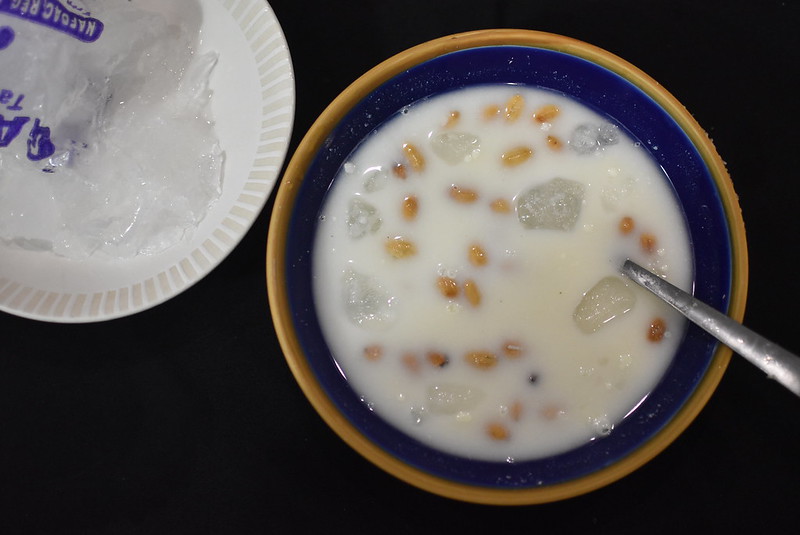
And through all this, I’ve learnt a few lessons:
- We all have different approaches to eating: You can find your ‘happy meals’ by adjusting elements to suit your personal flavor preference. Like my milo for chocolate flavor
- Survival is key – find your way: Garri saved my hungry ass after skipping school lunches and for that, I’m eternally grateful
Notes:
*Ijebu garri – gets its name from the Ijebu people of Ogun state who process their garri differently. It is white, coarse, dry and crispy, with a sour taste that ‘slaps’ the mouth. It rises well in water
** Cele water – associated with the celestial church in Nigeria who use water as a symbol of cleanliness. Generally, garri is ‘cleansed’ in water to remove the chaff
***Oyinbo sugar – St Louis sugar is a cube sugar brand, originally owned by foreigners. It is a huge part of the starter pack for boarding house students; Oyinbo is a term used to refer to the white man
****Calabar groundnut was probably a random lyric by the songwriter (been unable to tie the link).
While some say ‘Hausa Groundnut’ – which is culturally linked to the groundnut pyramids in Kano, Calabar groundnut sounds sweeter (I hope someday I can trace the historical ties.)
Do you know? Please share.


Leave a Reply